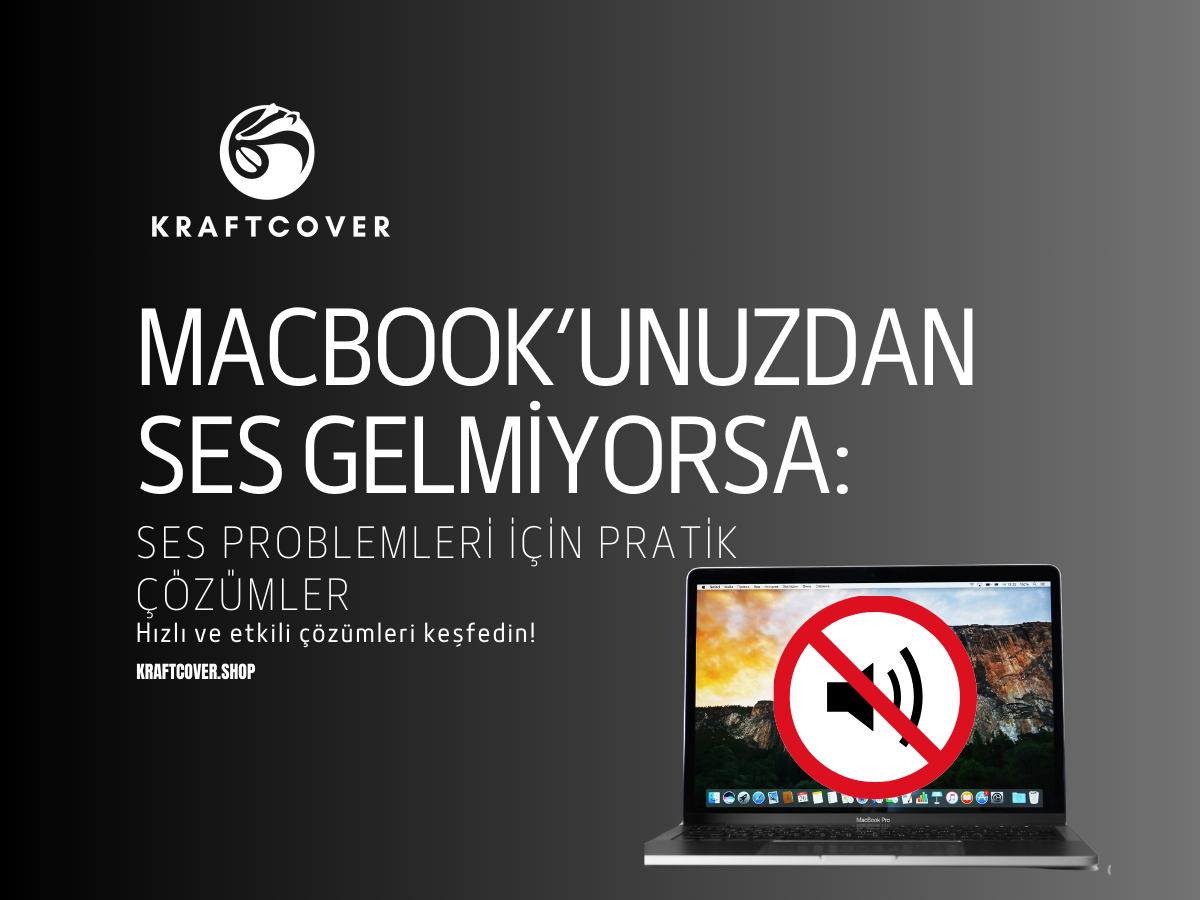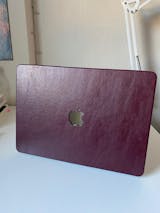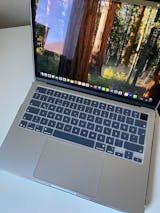MacBook’unuzdan ses çıkmadığında panik yapmayın! Müzik dinlerken, video izlerken veya toplantıdayken bir anda sesin kesilmesi oldukça sinir bozucu olabilir, ama bu durumu kolayca düzeltebilirsiniz. Hızlıca uygulayabileceğiniz birkaç pratik adım sayesinde MacBook’unuzdaki ses problemini çözmek düşündüğünüzden daha basit.
Hadi, ses sorunlarını nasıl ortadan kaldıracağınızı birlikte keşfedelim!
Temel Ses Ayarlarını Kontrol Edin

Bu kulağa klişe gelse de, ses sorunlarının en yaygın nedeni ses ayarlarının yanlış yapılmış olmasıdır. İlk olarak kontrol etmeniz gereken şey, MacBook’un ses seviyesinin kapalı ya da çok düşük olup olmadığıdır. Ses simgesine tıklayın ve ses çıkışının doğru aygıta (örneğin, Dahili Hoparlörler) ayarlı olduğundan emin olun.
Eğer MacBook’unuzda birden fazla ses çıkış aygıtı kullanıyorsanız (Bluetooth kulaklıklar, harici hoparlörler), sesin yanlış bir cihaza yönlendirilip yönlendirilmediğini kontrol edin. Bazen, MacBook’unuz bağlı cihazlara otomatik olarak geçiş yapabilir ve bu da sesin duyulmamasına yol açar.
- Pratik ipucu: Bluetooth bağlantısını kesin ve sesin MacBook’un dahili hoparlöründen gelip gelmediğini test edin. Sorun buradaysa, aygıt çıkışını manuel olarak değiştirmeniz yeterli olacaktır.
Kulaklık Girişi Sorunları
Kulaklık kullanıyorsanız, MacBook’unuz kulaklık çıkarıldıktan sonra bile kulaklık çıkışını kullanıyor olabilir. Bu durumda hoparlörlerden ses çıkmaz çünkü cihaz hala kulaklık modunda kalır.
- Çözüm: Kulaklığı çıkardıktan sonra Sistem Ayarları’ndan ses çıkış aygıtını Dahili Hoparlörler olarak ayarlayın. Kulaklık jakında toz veya kir birikmiş olabilir; bu da ses çıkışının düzgün çalışmamasına yol açar. Yumuşak bir bez ya da hava üfleyici ile jakı temizlemeyi deneyin.
NVRAM ve SMC Sıfırlaması Yapın
MacBook’unuzun hoparlörleri hala çalışmıyorsa, NVRAM ve SMC sıfırlaması sorunu çözebilir. NVRAM (Non-Volatile Random Access Memory), ses ve ekran parlaklığı gibi ayarları depolar. Bu ayarlarda bir hata varsa, hoparlörlerde ses çıkmaması gibi sorunlarla karşılaşabilirsiniz.
- NVRAM Sıfırlama: MacBook’unuzu kapatın ve ardından yeniden başlatırken Option + Command + P + R tuşlarına basın. 20 saniye sonra MacBook yeniden başlatılacaktır. Bu sıfırlama, ses ayarlarını sıfırlar ve bazı yazılım hatalarını düzeltebilir.
SMC (System Management Controller) sıfırlaması ise daha donanımsal bir düzeltme yöntemidir. SMC, MacBook’un donanım bileşenlerini kontrol eder ve bazen bu bileşenlerin çalışmasında sorunlar yaşanabilir.
- SMC Sıfırlama: MacBook’unuzu kapatın, Shift + Control + Option tuşlarına aynı anda basın ve ardından güç düğmesine basın. Birkaç saniye basılı tuttuktan sonra bırakın ve MacBook’u yeniden başlatın.
macOS’i Güncel Tutun
Ses problemleri, eski macOS sürümlerinden kaynaklanabilir. Apple, cihazların performansını ve uyumluluğunu iyileştiren yazılım güncellemeleri yayımlar. Eğer sisteminiz güncel değilse, ses sürücülerinde ya da yazılımda uyumsuzluklar olabilir.
- Çözüm: Menüden Sistem Ayarları'na gidin ve Yazılım Güncellemesi’ni kontrol edin. Güncelleme mevcutsa, yükleyin. macOS’in güncel sürümleri genellikle ses ve donanım sürücülerini de iyileştirir, bu da ses sorunlarını giderebilir.
Hoparlör Donanımını Kontrol Edin

Eğer yazılım güncellemeleri ve ayar düzeltmeleri işe yaramıyorsa, sorunun kaynağı donanım olabilir. Hoparlörlerde fiziksel hasar, darbe ya da sıvı teması gibi durumlar yaşandıysa, bu bileşenler düzgün çalışmayabilir. Hoparlörlerin fiziksel olarak zarar görmesi, genellikle cihazın ses çıkarmamasına neden olur.
- Çözüm: Hoparlörlerde donanımsal bir sorun olduğunu düşünüyorsanız, yetkili bir teknik servisten yardım almanız gerekebilir. Özellikle sıvı teması ya da darbeler nedeniyle hasar görmüş hoparlörler, uzmanlar tarafından incelenmelidir.
Eğer hoparlörlerinizi günlük hayatta sıkça kullanıyorsanız, özellikle masa başında çalışırken Leafline Yeşil Deri Masa Matı gibi bir masa matı kullanarak cihazınızı daha iyi bir ortamda tutabilirsiniz. Hem şık hem de işlevsel olan bu mat, MacBook’unuzu çizilmelere karşı korurken çalışma alanınızı estetik hale getirir.
Ses Kartı Arızası: Son Çare Teknik Destek
Yukarıdaki adımların hiçbiri sorunu çözmediyse, ses kartında bir arıza olabilir. Ses kartı, hoparlörler ve kulaklık çıkışıyla ilgili tüm ses işlevlerini kontrol eden bileşendir. Bu donanımda yaşanan bir arıza, hoparlörlerden ses gelmemesine neden olabilir.
- Çözüm: Donanımsal bir sorun olduğundan şüpheleniyorsanız, MacBook’unuzu teknik bir servise götürmek en doğru çözüm olacaktır. Ses kartı gibi bileşenlerin profesyonelce incelenmesi gerekebilir.
Sıkça Sorulan Sorular
MacBook’tan ses gelmemesi sıklıkla karşılaşılan bir sorundur. Genellikle yazılım güncellemeleri ve bazı ayarlarla ses gelmeme sorunu çözüme kavuşur. Ancak MacBook’un düşmesi, sıvı hasarı ya da darbe gibi sorunlar hoparlörde ciddi sorunlara yol açar. Bu durumda teknik servise başvurmanız gerekecektir.
BagMe Laptop Taşıma Çantası - Siyah, cihazınızı güvenle taşırken hoparlörler gibi hassas bileşenleri de korumanıza yardımcı olur.
MacBook Ses Gelmiyor?
Ses ayarlarını ve ses çıkış cihazını kontrol edin. Çıkış aygıtının Dahili Hoparlörler olarak ayarlandığından emin olun.
MacBook Hoparlör Bağlama Nasıl Yapılır?
Bluetooth hoparlör için Sistem Ayarları > Bluetooth yolunu izleyin ve eşleştirin. Kablolu hoparlör için doğrudan USB-C veya 3.5mm kulaklık girişini kullanın.
MacBook Air Ses Çıkmıyor?
Ses ayarlarını kontrol edin, ardından NVRAM ve SMC sıfırlaması yapın.
MacBook Ses Aygıtları Nerede?
Sistem Ayarları > Ses bölümüne giderek tüm giriş ve çıkış aygıtlarını görüntüleyin.
MacBook Hoparlör Neden Cızırtı Sesi Çıkartıyor?
Hoparlörlerde fiziksel hasar veya yazılımsal bir sorun olabilir. Temizleyin ve gerekirse SMC sıfırlaması yapın.
Sonuç
MacBook’unuzda ses çıkmaması birçok nedenden kaynaklanabilir. Basit bir ses ayarı hatası olabileceği gibi, daha derin bir yazılım veya donanım sorunu da olabilir. Bu rehberde sunduğumuz çözümler, ses sorunlarını teşhis etmenize ve doğru adımları atmanıza yardımcı olacak. Eğer bu yöntemler işe yaramazsa, donanımsal bir sorun olabileceğinden teknik servisten yardım almanız gerekebilir. Ses problemleri gibi aksiliklerle karşılaşmamak için cihazınızı düzenli olarak güncellemek ve dikkatlice kullanmak önemlidir.







